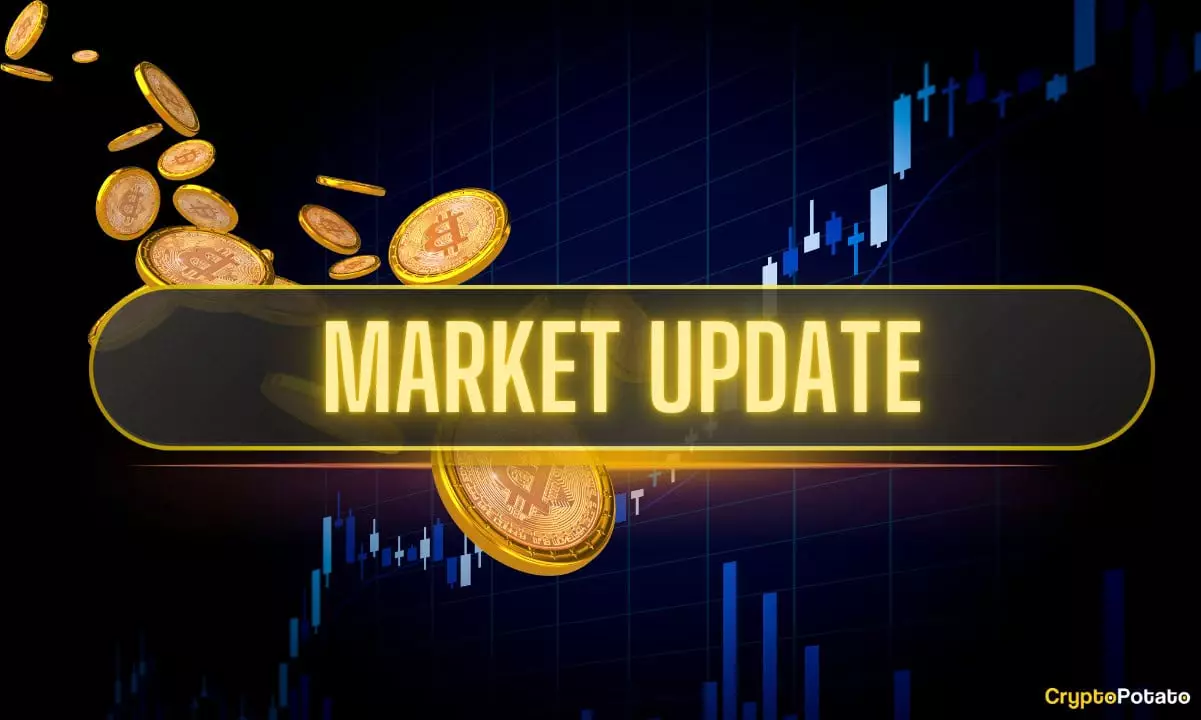The recent surge in cryptocurrency prices, especially Bitcoin’s near $123,000 peak, has been met with widespread celebration across the industry. Investors, traders, and enthusiasts often view such milestones as validation of blockchain technology’s disruptive promise. Yet beneath the surface lies a dangerous complacency. The enthusiasm overlooks the structural vulnerabilities—overleveraged positions, speculative mania, and regulatory risks—that could lead to a precipitous downfall. The exuberance about Bitcoin’s new high is reminiscent of historical bubbles, where rising prices mask underlying fragility. Investors must critically question whether these gains are driven by genuine long-term value or short-lived speculation inflated by FOMO and herd mentality.
Asset Valuations Mask Fundamental Instability
While Bitcoin’s price mounts to astronomical levels, key metrics like market cap and realized cap tell a more nuanced story. Despite the impressive surpassing of $1 trillion in realized cap, this figure doesn’t necessarily reflect actual economic utility or decentralization strength. Instead, it largely mirrors the inflow of speculative capital, often driven by trading bots and institutional interest seeking quick profits. The rapid appreciation of altcoins like XRP, which surged past $3.6 before retracing, exemplifies how hype cycles inflate prices artificially. Major gains in assets such as ETH, DOGE, and others are driven partly by new financial products like spot ETFs, but these instruments often benefit the few at the expense of widespread retail investors, amplifying systemic risks.
Regulatory Buffets and Their Long-Lasting Impacts
The United States’ recent legislative activity, including bills like the GENIUS Act, has had a palpable impact on market sentiment. While some see these measures as a step toward legitimizing cryptocurrencies, critics argue they threaten to entrench regulatory overreach that stifles innovation and favors entrenched financial interests. The liberalization of certain aspects may indeed catalyze growth temporarily, but complacency in the face of regulatory uncertainties can be a trap. History provides numerous lessons: rushed regulations or restrictive policies can abruptly burst bubbles, leaving unprepared investors with significant losses.
Technological and Security Challenges Go Unacknowledged
Despite the booming valuations, fundamental issues within the ecosystem remain unaddressed. Prominent developers have sounded alarms about Bitcoin’s vulnerability to quantum computing—warning that up to one quarter of all BTC could be at risk without urgent upgrades. This overlooked threat exemplifies a broader neglect of long-term technological resilience. Market psychology tends to focus only on the price, ignoring impending security flaws that could undermine trust in the entire ecosystem. When the hype settles, and the realization of these vulnerabilities hits, the prices could spiral downward unless proactive measures are taken.
Overleveraging and Euphoria: Brewing a Crisis
The rapid influx of institutional money, exemplified by giants like BlackRock’s ETH ETF, creates a paradox. Although such inflows signal confidence, they also increase the systemic reliance on financial products that are often highly leveraged. Saylor’s ongoing accumulation of over 600,000 BTC appears bullish, but such concentrated holdings pose systemic risks should a sudden correction occur. The market’s current euphoria incentivizes excessive leverage, leaving it vulnerable to a classic bubble burst. The recent corrections serve as warnings: what goes up with too little fundamental backing can plummet just as fast.
The Harsh Reality: Sky-High Prices Do Not Equal Stability
Ultimately, the recent heights reached by Bitcoin and major altcoins should not blind investors to the core reality—values disconnected from true utility or productivity are fragile. The so-called “gold rush” mentality fosters speculation rather than sustainable growth. As history shows, asset bubbles driven more by sentiment than fundamentals tend to be short-lived and destructive. Prudent investors should recognize that the current optimism may be a house of cards ready to topple once external shocks—be it regulation, technological flaws, or macroeconomic shifts—strike the market. Sky-high valuations might look impressive today, but they are also extraordinarily vulnerable.
This analysis suggests that the current exuberance in the crypto market may well be its greatest weakness. For those with a conservative outlook, it’s crucial to temper excitement with skepticism, focusing not just on fleeting gains but on the structural and technological integrity underpinning these digital assets. The true test lies ahead: will the market evolve with resilience and prudence, or will it crumble under the weight of its own unbridled optimism? The choice is clear—and the potential cost of neglecting these warnings can be steep.


Leave a Reply